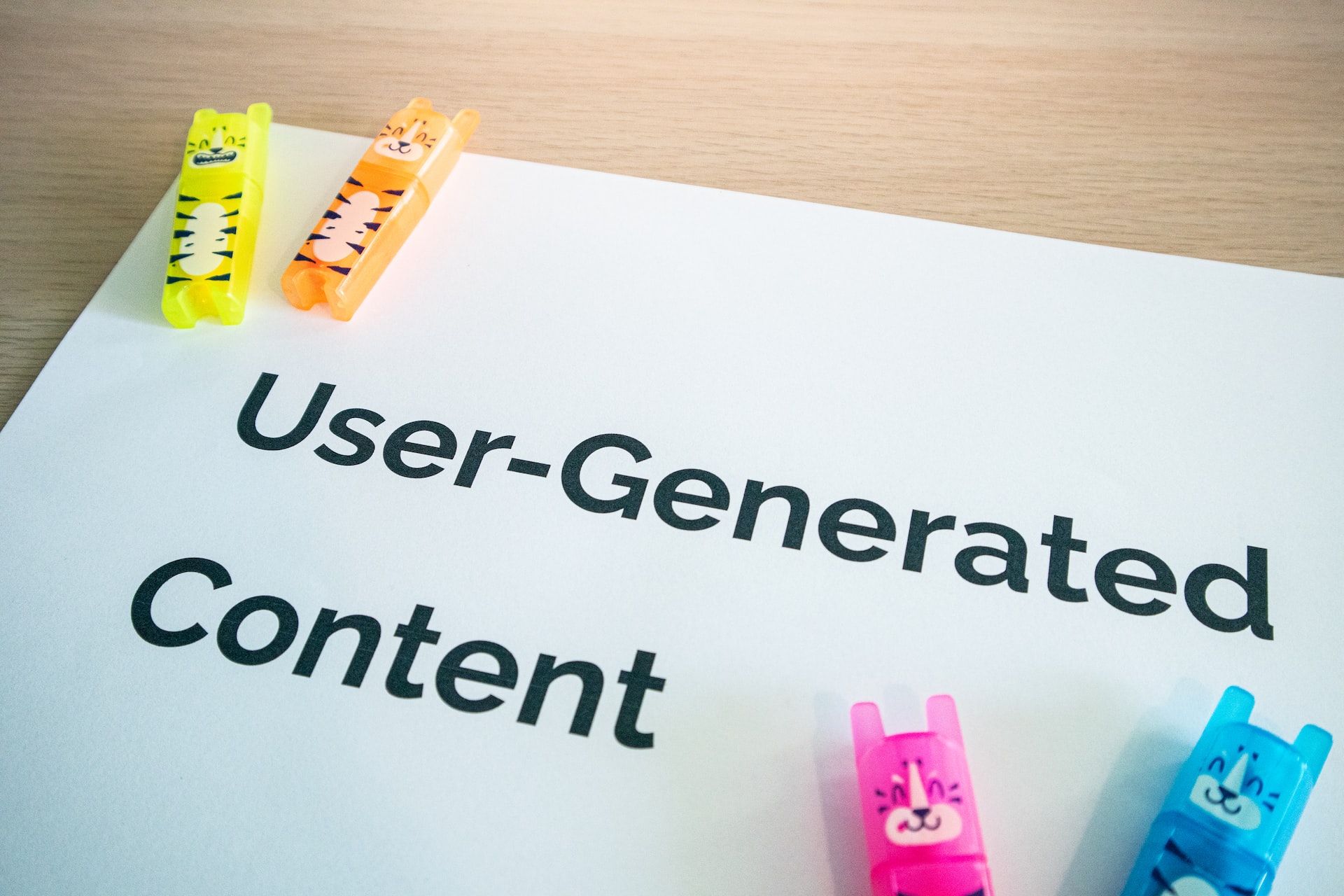User-Generated Content: A Quick Guide for Marketers
With the advancement of business marketing strategies, user-generated content holds great value. After all, 90% of consumers have more trust in user-generated content over ads and promotional emails by brands.
Quick Links
Influencers and testimonials by existing users leave a great impact on users’ buying decisions.
In this blog, we’ll cover what UGC is and how brands successfully leverage it in their marketing campaigns.
What is User-Generated Content?
User-generated content or UGC refers to brand-specific content created by customers, employees, or brand followers to express their love and loyalty to the brand. UGC can come in various forms, and choosing the right one depends on what suits your brand.
- Visual images and short videos are great for conveying your brand’s message in a more engaging and eye-catching way.
- User testimonials are powerful in building trust and credibility with your audience.
- Live streams are excellent for building a closer connection with your audience.
- Customer reviews and forums can provide valuable feedback and insights into your products and services.
UGC helps brands engage more customers and build brand loyalty. Studies reveal that 92% of customers prefer checking existing customer reviews and recommendations before buying any product or service.
UGC has shown good results in driving traffic and increasing conversions. Its success can be measured from the likes, comments, and shares on social media.
Here are some benefits of UGC:
- Boosts engagement: UGC can increase engagement with your brand by providing authentic and relatable content that resonates with your audience.
- Builds brand trust and loyalty: By showcasing UGC, you can demonstrate the positive experiences that your customers have had with your brand, which can increase trust and loyalty.
- Humanizes promotional content: UGC can add a personal touch to your promotional content and make it more humanized, which can help you connect with your audience on a deeper level.
- Cost-effective: UGC is often free or low-cost to produce, making it a cost-effective marketing strategy.
- Increases website traffic: UGC can drive traffic to your website as users share their experiences and opinions with their networks.
Top User-Generated Content Stats You Need to Know
- 69.08% of marketers believe ratings and reviews are play important role in conversion rates.
- Users find UGC 9.8 times more impactful than influencer content.
- Nearly 69% of consumers have made a purchase after viewing it on social media.
Successful User-Generated Campaigns
Coca Cola
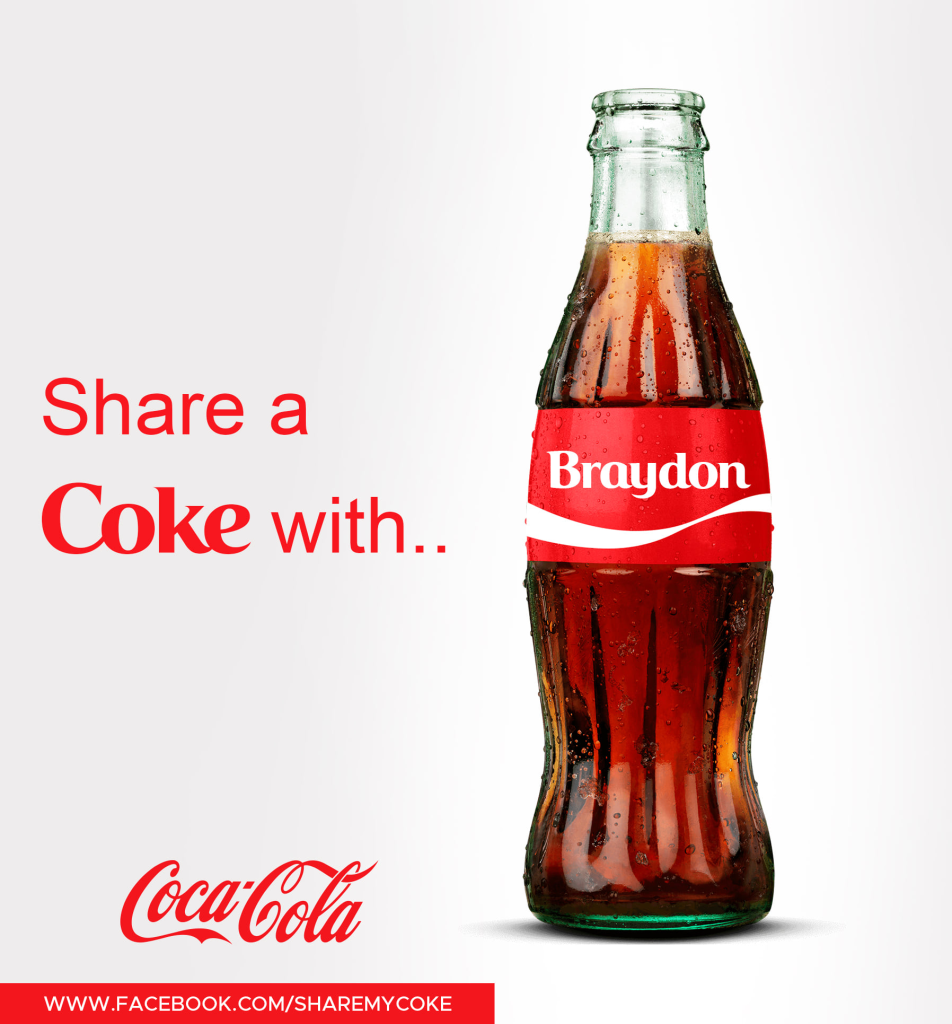
Coca-Cola’s “Share a Coke” campaign is indeed a successful example of user-generated content (UGC) in marketing. The campaign was launched in Australia in 2011. The idea behind the campaign was simple but effective: Coca-Cola replaced its iconic logo on its bottles with popular first names.
The campaign encouraged customers to share pictures of their personalized bottles on social media using the hashtag #ShareACoke, which resulted in a massive amount of user-generated content. Customers loved the personalized touch of the bottles, and they eagerly shared their experiences with friends and family, helping to spread the word about the campaign and increase brand awareness.
The company reported a 2% increase in sales in Australia during the campaign’s first year. This campaign proved to be a successful marketing campaign.
GoPro
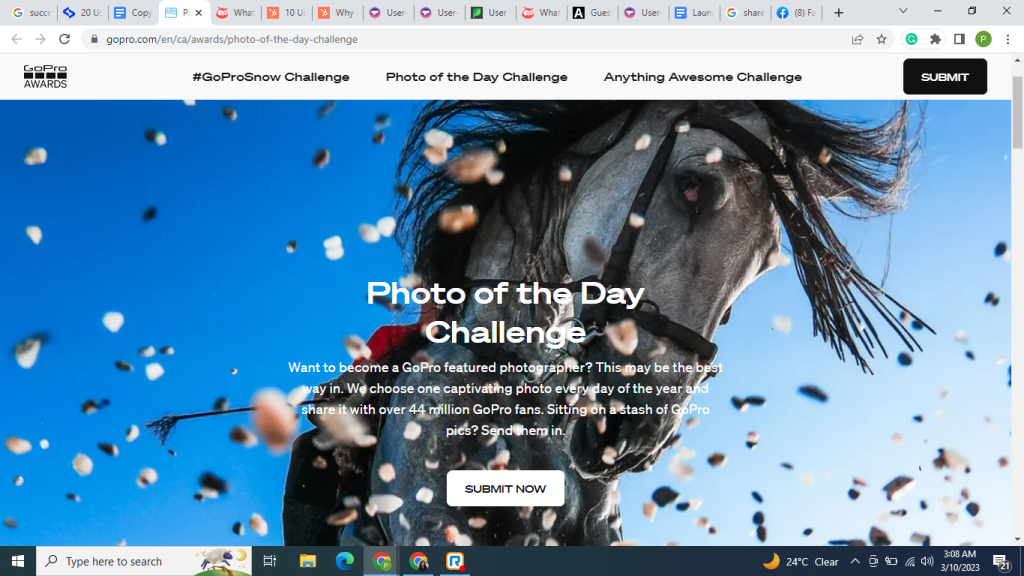
GoPro is another example of a brand that has leveraged user-generated content to create successful marketing campaigns. The company sustained its Youtube channel with its top three videos created by its customers. In December 2021, the videos got over 400 million views combined.
GoPro has encouraged its customers to share their videos and photos on social media using the hashtag #GoPro. In response to this, consumers shared their videos. This content helped to create a sense of community among GoPro users, and it has also helped to promote the brand. As of now, they also promote daily photo challenges.
Starbucks

Starbucks is a well-known coffee chain that has been successful in utilizing user-generated content to promote its brand and products. Starbucks has launched several campaigns that feature UGC, such as the “White Cup Contest,” where customers were asked to doodle on their plain white Starbucks cups and share their designs on social media.
The winning designs were then printed on a limited edition Starbucks cup. The response from customers was overwhelming, with nearly 4,000 entries submitted over the course of three weeks. This way, Starbucks got a lot of publicity and valued customer feedback.
Platforms to Help You Manage UGC Campaigns
RingCentral

RingCentral’s digital customer engagement platform is a powerful solution designed to help brands manage large volumes of customer interactions across multiple digital touchpoints. With this platform, brands can connect with their customers across 20+ digital channels, including popular social media apps like Facebook, Twitter, Instagram, and YouTube, as well as messaging apps, review platforms, and custom channels.
The platform provides businesses with the tools they need to streamline their customer engagement efforts and create a better customer experience. With its powerful social media management capabilities, businesses can manage their social media accounts, monitor customer interactions, and respond to customer inquiries and concerns in real-time. This enables businesses to engage with their customers on their preferred channels and provide a more personalized experience.
Creator.co
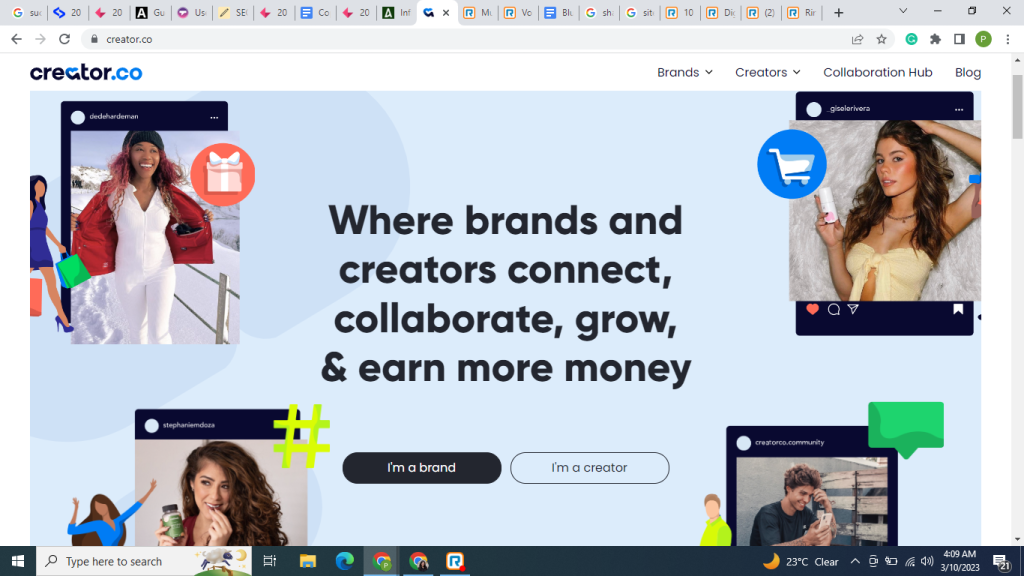
Creater.co is an innovative communication platform that enables brands and creators to establish connections and thrive together. Creators can collaborate with diverse brands and enjoy access to an array of beneficial resources, including discounted creator tools and exclusive invitations to webinars. This platform serves as an excellent tool for brands to engage with their creators and create user-generated content tailored to their unique needs.
Aspire
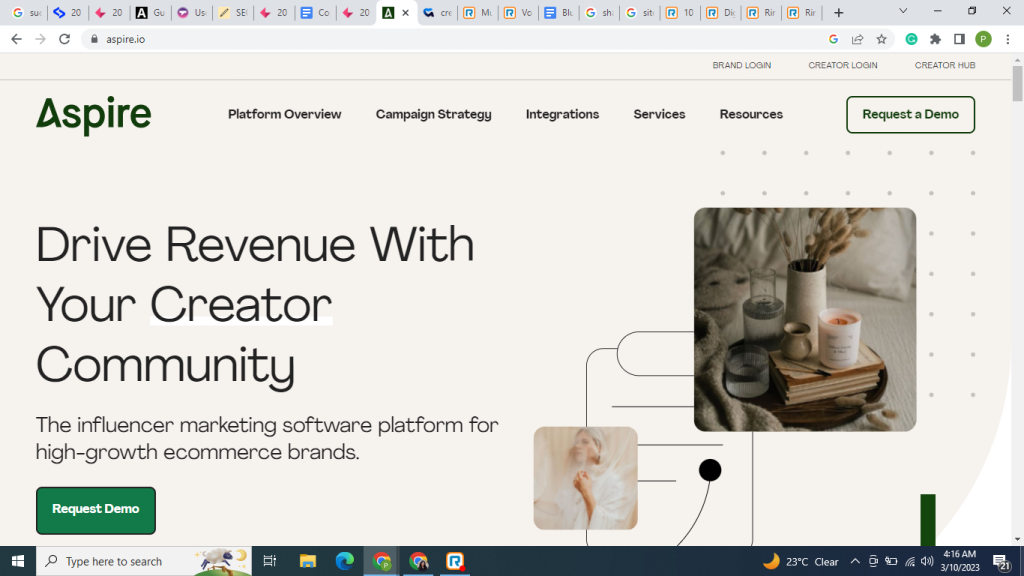
Aspire is a popular influencer marketing software platform designed for high-growth e-commerce brands. The platform simplifies the process of managing user-generated content (UGC) by providing features such as the creation, review, and approval of UGC. Aspire’s Social Listening tools enable engagement with loyal and influential customers, while pre-built terms offer content ownership rights. Aspire’s brand-safe content library facilitates seamless collaboration between teams and streamlines UGC approval.
Best Practices for Running Your Own UGC Campaigns
Ask for permission: Ask for the consent of your users before reposting their content to avoid any adverse effects on the brand’s reputation.
Give credit: Ensure to give credit to the creator. It can be by tagging them and letting followers know if you’ve used their visuals, words, or a combination of both.
Provide clear guidelines for users: Be specific with your content guidelines for users to understand the promotion type of your products or services.
Keep a balance: Ensure that the reward being offered is proportionate to the amount of effort required.
Make legal instructions clear: Counsel legal counselor before launching UGC to discuss the rights beforehand.
Conclusion
Creating quality user-generated content goes beyond a simple hashtag. With carefully crafted UGC, you can showcase the true value of your product or service to potential customers. You can also use it to increase brand awareness and even influence customers’ purchasing decisions.
About the Author

Mary Paulene Omae San Miguel is a Senior Content Editor for RingCentral, a leading provider of global enterprise cloud communications, video meetings, collaboration, and contact center solutions. She has a Bachelor’s degree in Journalism and a great passion for learning foreign languages. Connect with her on LinkedIn.
(Download image here)
What Is WooCommerce Product Slider and Why Your Store Needs It
Why Do Product Images Matter So Much in Online Stores? When someone visits an online store the…
0 Comments9 Minutes
How to Streamline Your Customers’ Shopping Experience?
The goal for any online store is to make shopping as smooth as possible. When visitors move…
0 Comments8 Minutes
Strengthening Brand-Customer Relationships Through Gamified Loyalty Programs
Creating lasting connections with customers has become increasingly vital as the marketplace grows…
0 Comments6 Minutes
How to Use SEO and SEA Together in Search Engine Marketing
In digital marketing, search engine marketing (SEM) plays a critical role in improving online…
0 Comments10 Minutes
Content Marketing Growth Hacks: Real Shortcuts to Drive Traffic
Are you still lagging in content marketing? Sticking to these old strategies seems…
0 Comments10 Minutes
How to Build a Strong Local Following Using Social Media Marketing
In the days of likes, shares, and stories, local businesses have a golden opportunity to create…
0 Comments9 Minutes
Why WooCommerce is the Best Choice for Your Online Store?
WooCommerce stands out as a top option for anyone looking to build an online store. This platform…
0 Comments8 Minutes
How to Use AI-Powered SEO Tools for WordPress eCommerce
SEO is a critical factor in the success of any e-commerce WordPress store. As competition…
0 Comments11 Minutes
